Once the shoulder straps are correct, it is time to fix the waist strap. The waist strap is vitally important in securing the complete rig in place. The waist strap, unlike the shoulder straps, should be quite snug, as it adds to the stability of the harness configuration. It should be positioned around the waist at around the same height, or just slightly below, the naval. Straight D-rings with toothed sliders are fixed to either side of the waist strap at approximately 8–10cm / 3-4 inches from the backplate. The left D-ring is used for SPG and stage tank attachment. The right D-ring may also be used for stage tank attachement for divers who prefer the “left and right” configuration. If these D-rings are positioned too far back it will make it quite hard for removing or replacing any gear, but be wary, if they are positioned too far forward the stage cylinder will hang in front of the body causing drag and resistance.
Any accessories, such as line cutters or weight pockets, should now be attached to the waist band before fixing the buckle. The buckle should be positioned on the left hand waist strap, and in such a position that when it is done up and the waist strap is snug, the buckle will sit just to the right of the centre of the body, which will reduce the risk that the crotch strap accidentally opens the buckle.
Crotch Strap
The crotch strap, like the waist strap, should be snug, as it provides another form of stability to the configuration. Ensure that it is not too tight as that would not only pull the waist strap downwards, but it would also pull the complete harness and twinset downwards away from your hands when reaching behind you. This will make it harder to reach those valves!
Position the rear D-ring about 8-10 cm / 3-4 inches from the plate to allow for easy attachment of accessories that don’t get used so frequently. If the rear D-ring is lower than this, it will generally be hard to reach, and also any accessories clipped on will hang low between the diver’s legs making finning techniques more difficult and uncomfortable. The crotch strap comes with a fixed straight D-ring sewn into the webbing. This D-ring is for scooter / DPV attachment and should be on the outside of the webbing. No other accessories should be attached to this ring as the items will hang below the diver, posing an entanglement risk and increasing the drag on the diver.
Checking for Correct Fit
It is important to dry test the fitting of your harness with the full exposure suit that you plan to wear while diving on as this will have a dramatic effect on the shoulder strap sizing.
Of course, making these adjustments on land in your exposure suit will give you a good solid base for the correct configuration of the harness, but the true test is actually in the water.
The most efficient and safest method is with the help of your buddy or instructor in confined water. Make minor adjustments to the length of the shoulder and waist straps along with the crotch strap until you can gear up easily and remove the harness quickly. Don't be afraid to re-adjust the lengths based on in-water experience. Practice repeatedly clipping the SPG, primary regulator, stage cylinders and any other accessories that you will be carrying on an Extended Range dive. Adjust the position of the D-ring until everything can be performed easily and efficiently underwater.
Training
During SSI Extended Range training there is an equipment configuration session where time is taken to ensure the correct assembly and fit of the backplate and harness. This knowledge provides the foundation for comfortable and safe decompression diving.
You can find more information about the full range of SSI Extended Range programs by heading to
the SSI website or
Tekstreme Diving.
Written by
Cat
Date
6th February 2019
Also by Cat
Filter original posts by language:
Translate whole page (Powered by Google Translate):
We use cookies to ensure that we give you the best experience on our website. If you continue to use this site we will assume that you are happy with it.Ok


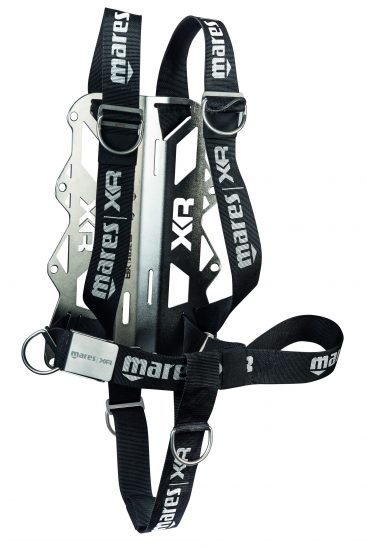
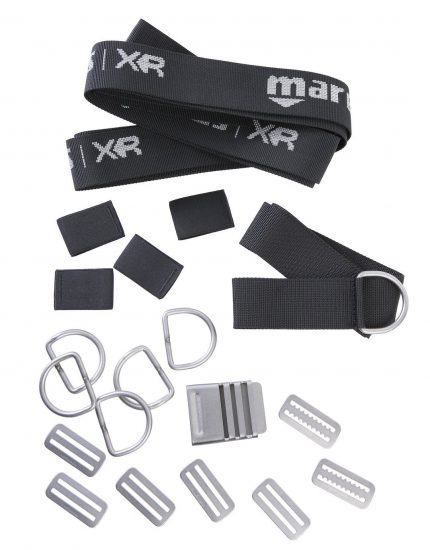
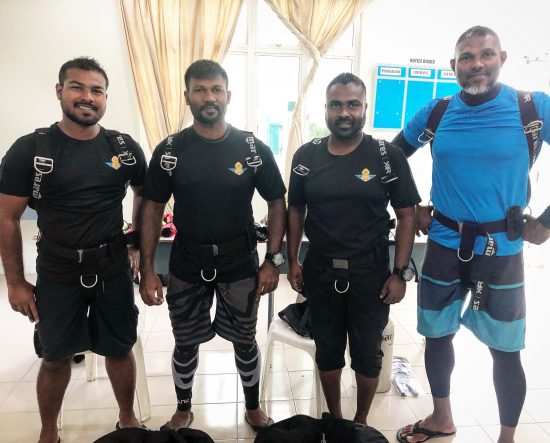
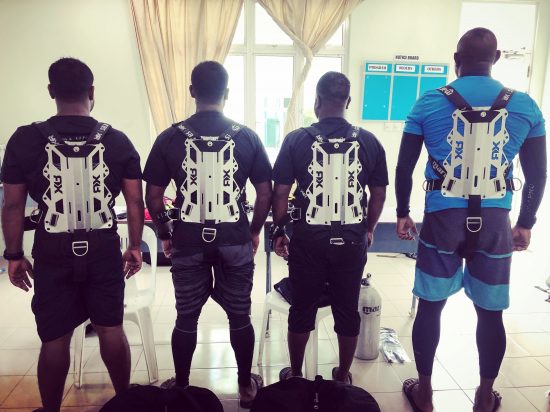
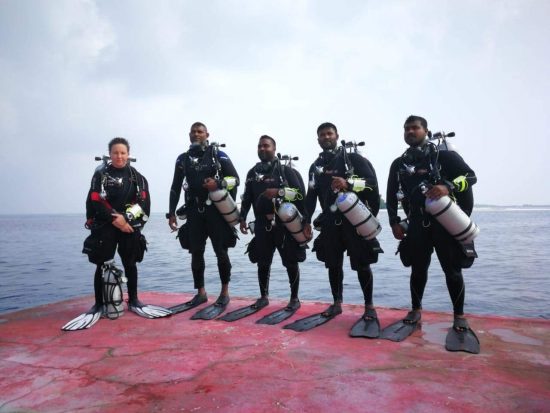
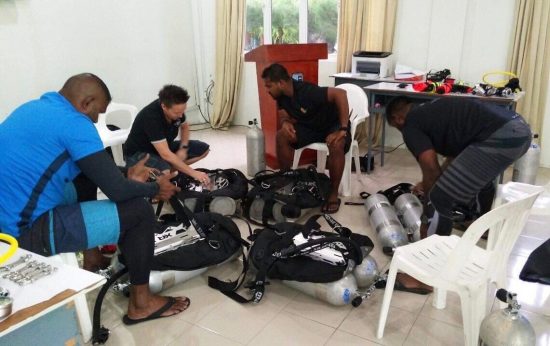

 Cat
Cat 6th February 2019
6th February 2019